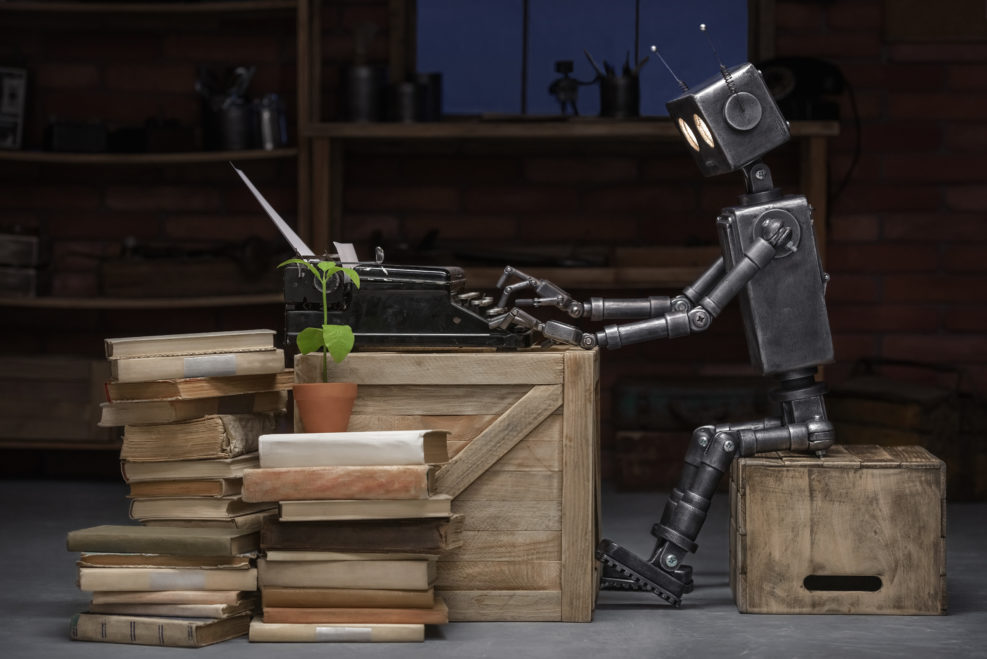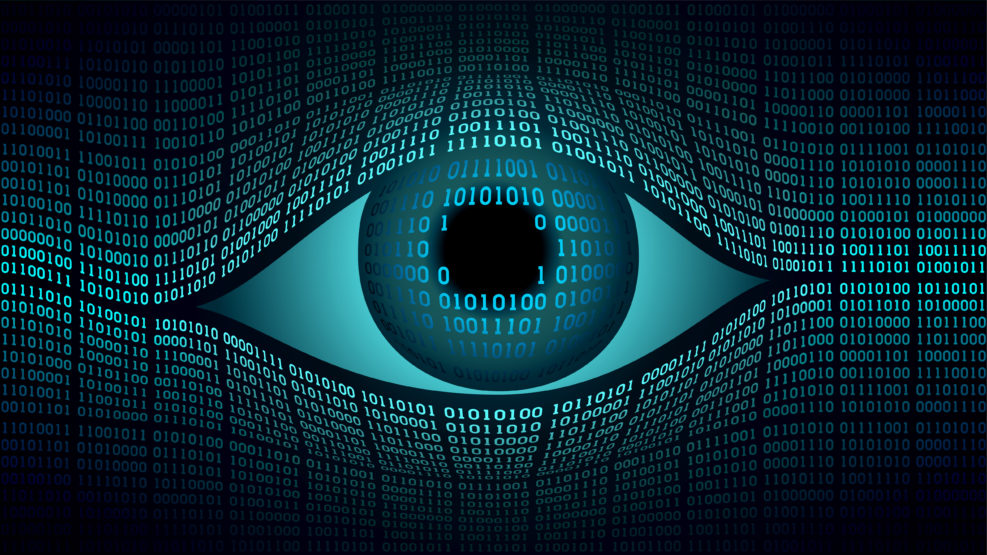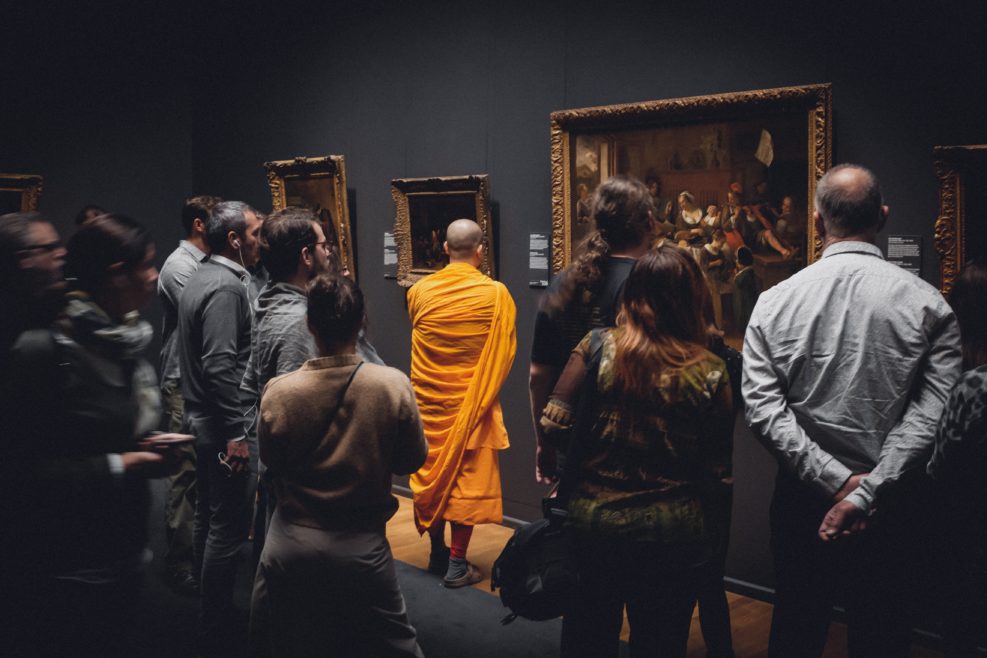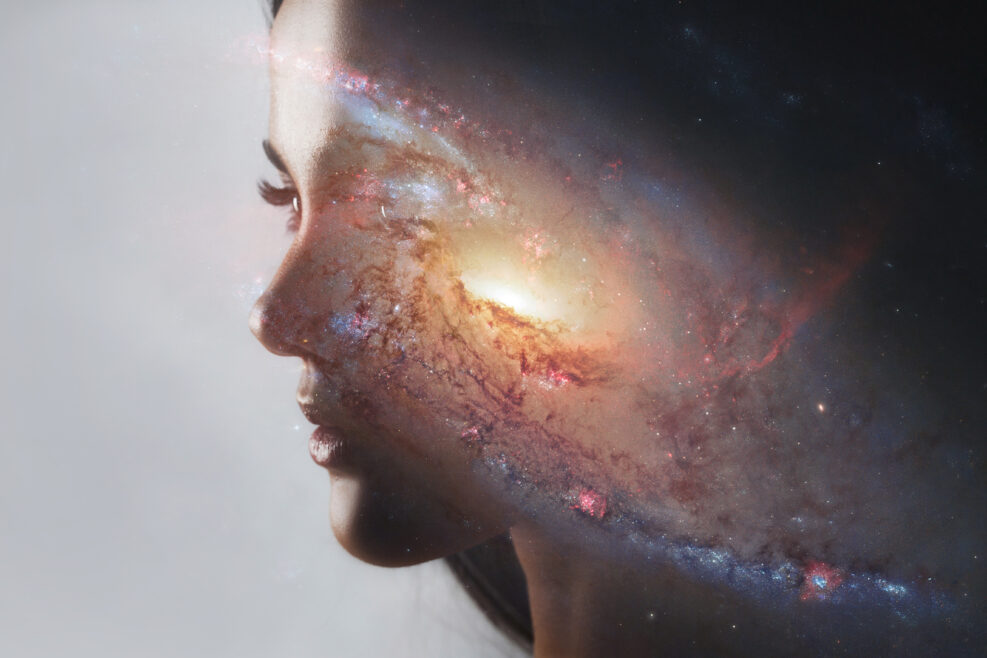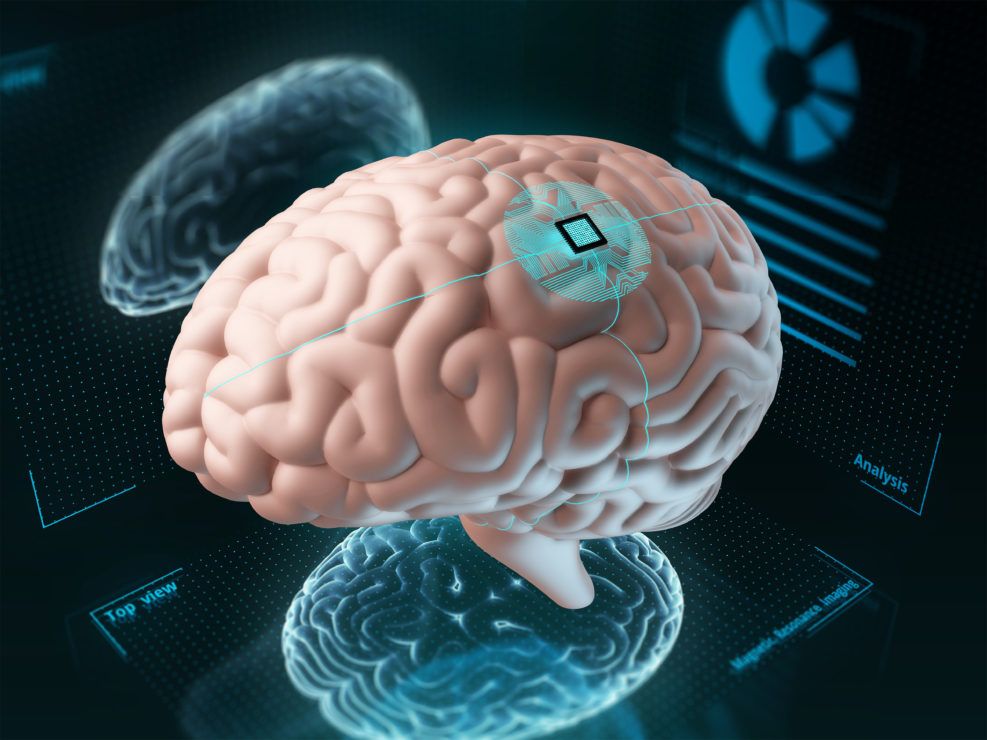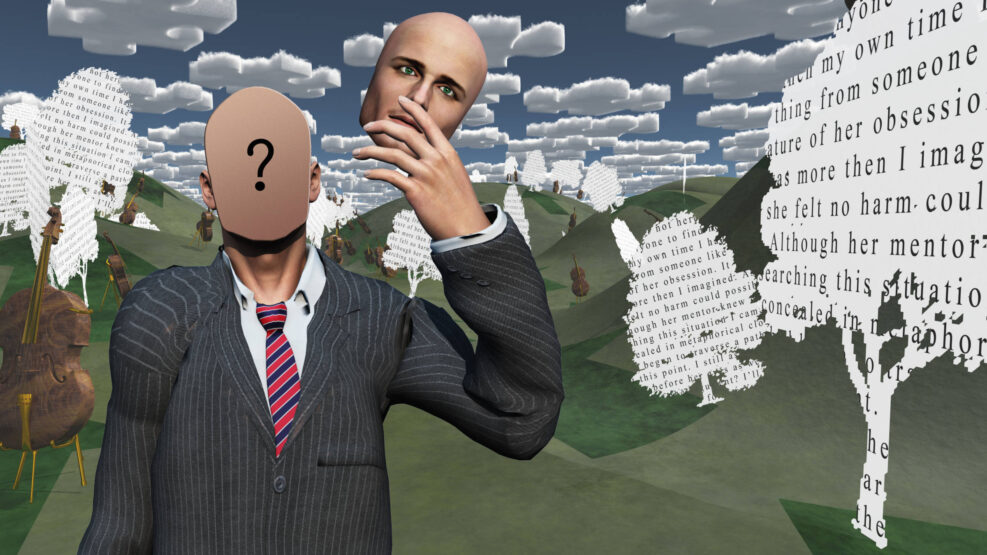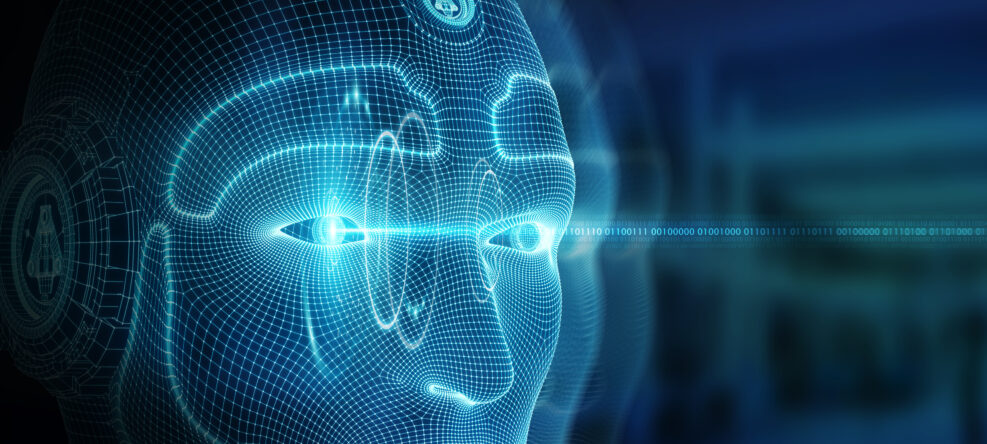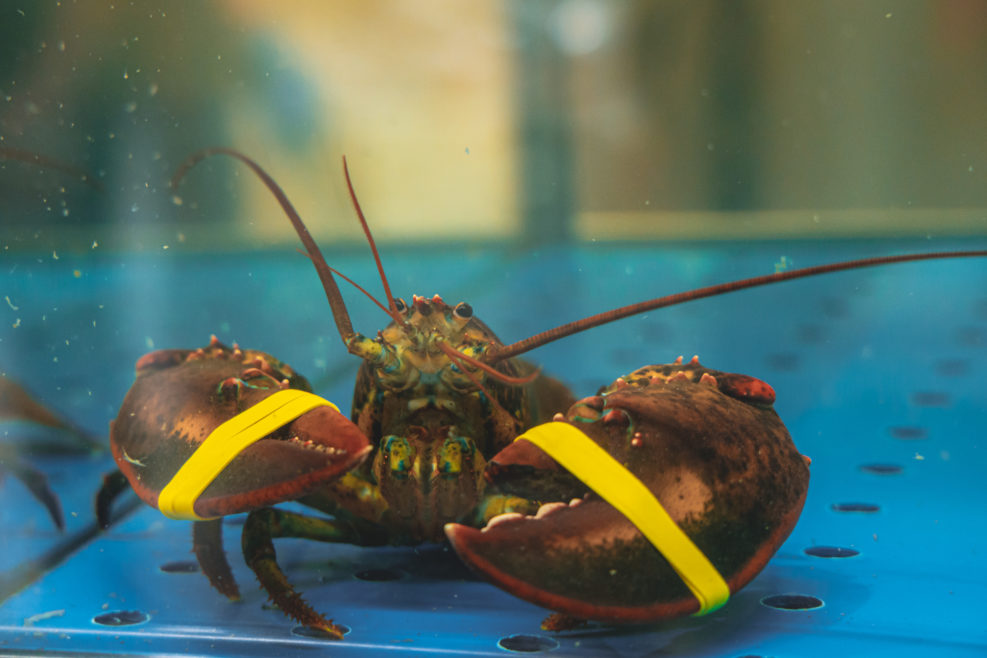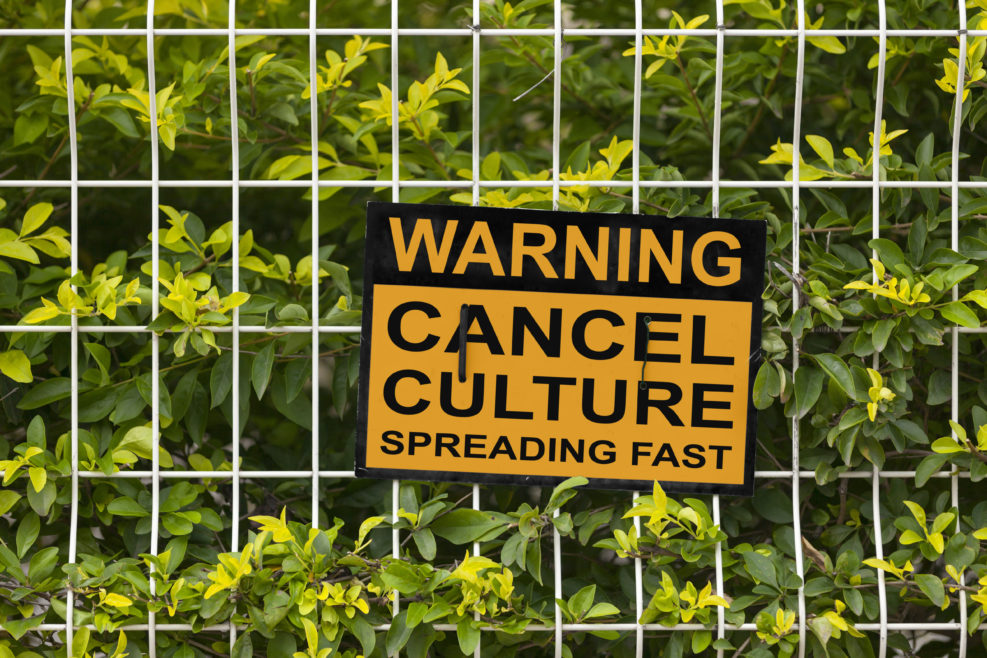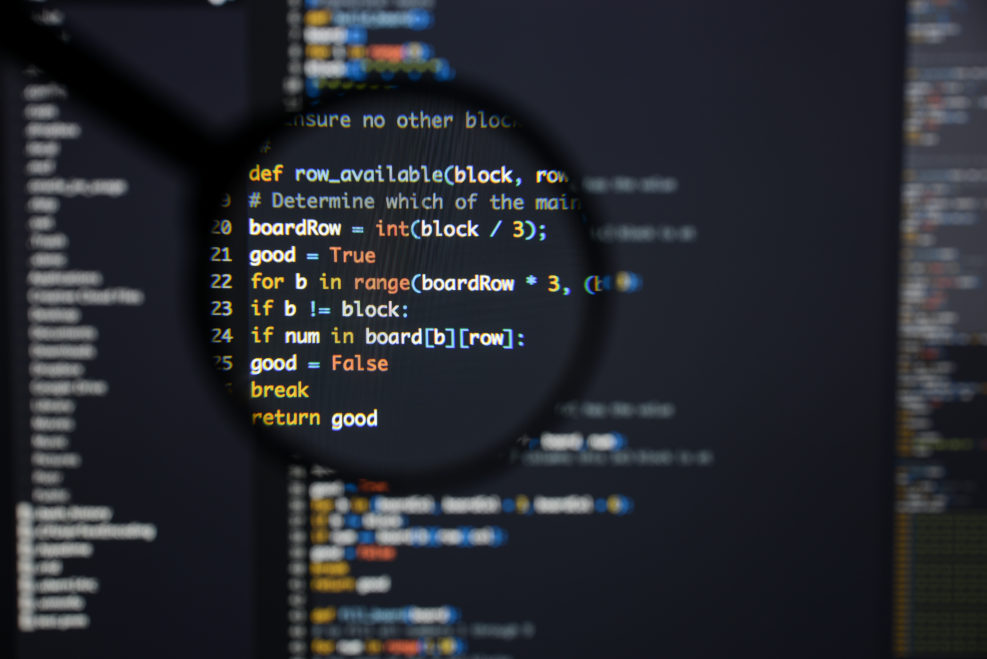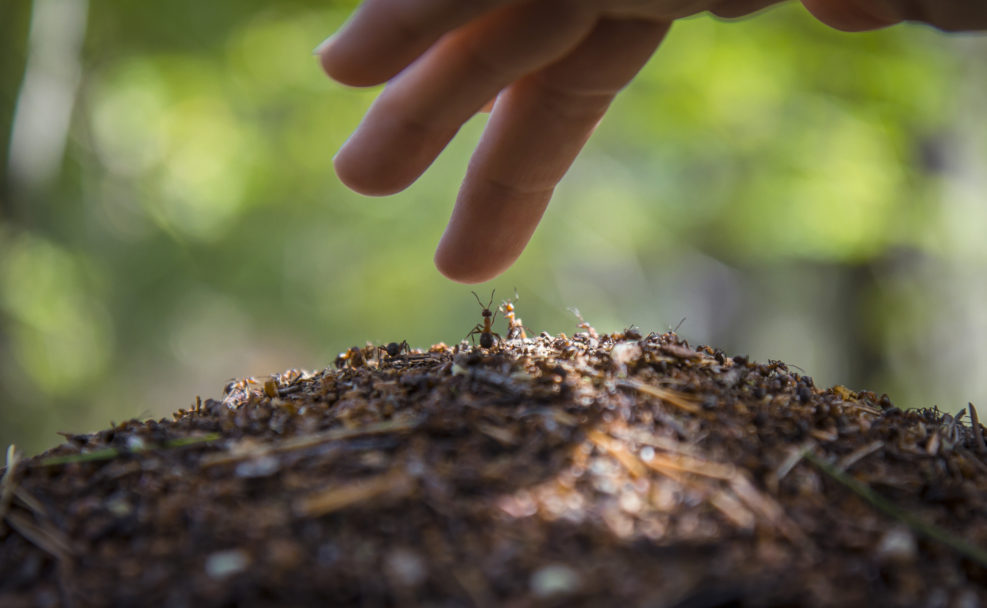
Consciousness Is Mainly a Problem for Materialists
If you are not a materialist, there is no problem with understanding consciousnessPsychiatrist Joseph LeDoux, author of The Deep History of Ourselves (2019), offers an extract at Aeon, musing on the mystery of consciousness. In a way, his approach typifies the problem with the wholly materialist approach to the mind and the brain: Like all living things, humans are organisms, biological entities that function as physiological aggregates whose constituent parts operate with a high degree of cooperation and a low degree of conflict. But unlike other organisms, humans possess a rogue component – a brain network that can, at will, choose to defect and undermine the survival mission and purpose of the rest of the body. This is the network that underlies human consciousness, and especially our capacity for autonoetic, or reflective, Read More ›
